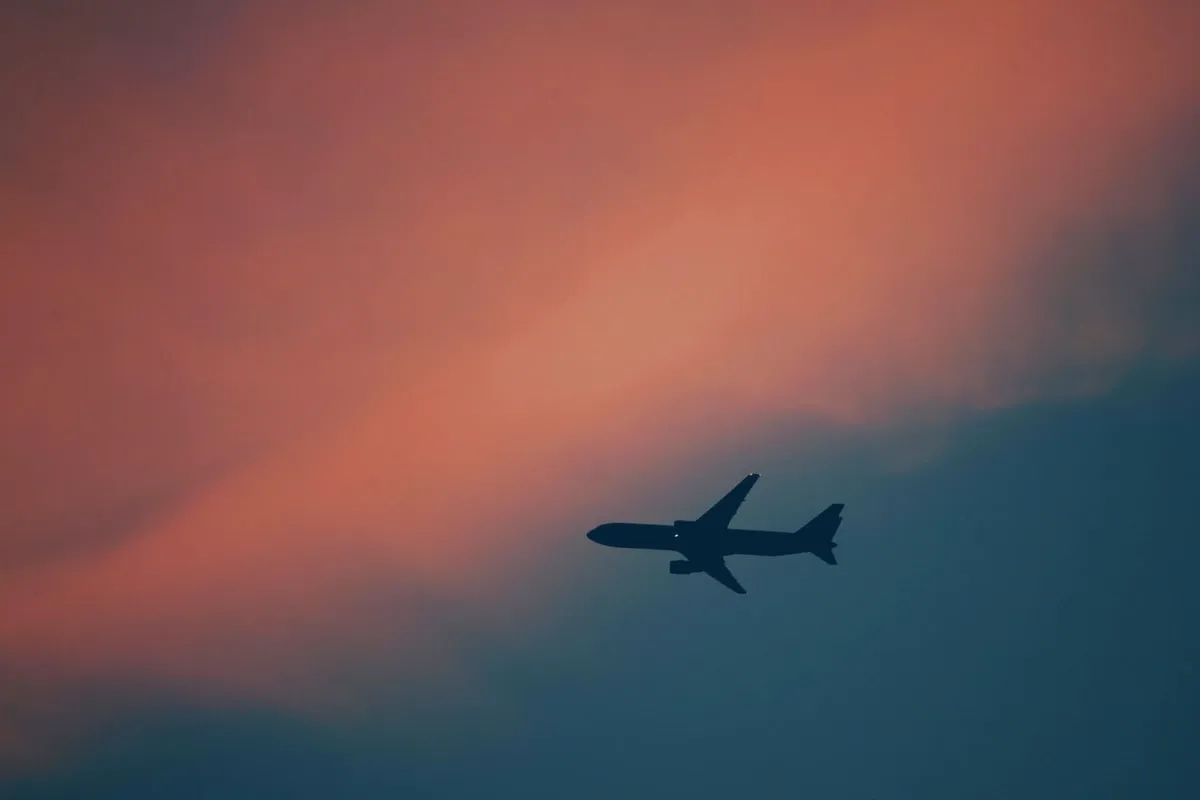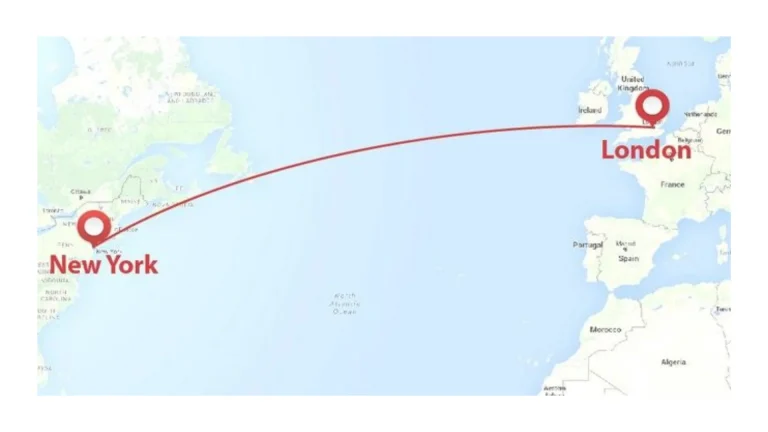Why Is It Called a Red Eye Flight? Understanding the Term and Its Impact

As a frequent traveler, I’ve often found myself on red-eye flights, but I never really gave much thought to why they were called that. It wasn’t until one particularly grueling flight from New York to Los Angeles that I decided to dig deeper into the meaning behind this term. If you’ve ever taken one, you know what I mean—those late-night flights where you try to sleep in an uncomfortable seat, only to wake up with bloodshot eyes and a headache. But where did the term “red-eye flight” originate from? Let me take you through my journey of discovering this, and share some valuable insights along the way.
1. The Mystery Behind the Name: What Does Red Eye Really Mean?
It was during one of my frequent business trips that I found myself sitting on a red-eye flight, eyes bloodshot from exhaustion, that I wondered: why is it called a “red-eye flight”? The answer is simpler than it sounds, but understanding its history gives the term more meaning.
The term “red-eye flight” refers to flights that depart late at night and arrive early the next morning, typically around 5 or 6 AM. The name comes from the appearance of passengers’ eyes after such a long and uncomfortable journey. You can probably guess it: lack of sleep, combined with the artificial lighting on the plane and dry air, results in red or bloodshot eyes. If you’ve experienced this, you know exactly what I’m talking about—by the time you land, your eyes are not just tired, they are often a bright shade of red. I’ve been there, and it’s no fun!
2. How I Found Myself on My First Red Eye Flight
It was a late-night flight from Chicago to San Francisco. I was rushing to catch a flight for a work conference, and the only available option was a red-eye. I was reluctant at first—how could I possibly sleep in a cramped seat on a plane at night? But after a few hours of trying to get comfortable, I found myself battling exhaustion and sleep deprivation.
I learned quickly that red-eye flights are ideal for saving time, but they come with their own set of challenges. Sure, I got to my destination in the morning, but my body was already crying for rest. By the time I arrived at my hotel, I looked more like a zombie than a fresh traveler. That was when I realized that the term “red-eye” wasn’t just about the timing of the flight, but the toll it takes on your body.
3. Why Do Airlines Offer Red Eye Flights?
After some research, I discovered that red-eye flights are actually quite popular for a number of reasons. First, they allow travelers to make the most of their time by traveling overnight. You board the flight late in the evening, sleep through most of it, and arrive at your destination early in the morning, ready to take on the day. This is especially convenient for business travelers who need to maximize their time.
However, it’s not just the business crowd who takes these flights. I’ve met plenty of leisure travelers who prefer to fly at night to save on accommodation costs, making red-eyes a more budget-friendly option. Airlines also benefit because these late-night flights allow them to make use of the aircraft during off-peak hours, reducing downtime.
4. How Does a Red Eye Flight Affect Your Health?
Red-eye flights, though convenient, aren’t without their downsides. After taking several of these flights, I’ve learned firsthand how they can affect your health. The most obvious impact is sleep deprivation. Since red-eyes typically fly overnight, you’re likely to lose a full night’s sleep. Your circadian rhythm gets disrupted, which can leave you feeling groggy and fatigued for days.
I’ve often found myself battling jet lag after a red-eye flight, even if I’m traveling within the same time zone. The lack of quality sleep can also affect your immune system, making you more susceptible to catching a cold or feeling under the weather. To mitigate the effects, I’ve learned to drink plenty of water and try to get some rest before the flight, though it doesn’t always work out.
5. Tips to Survive a Red Eye Flight
If you have to take a red-eye flight, there are several things you can do to make the experience less painful. Here are my top tips based on personal experience:
- Prepare to Sleep: Bring a neck pillow, an eye mask, and noise-canceling headphones. These can make a big difference in helping you sleep during the flight.
- Stay Hydrated: Airplanes are notoriously dry, which can exacerbate the effects of lack of sleep. Drink plenty of water to stay hydrated.
- Avoid Caffeine: It might be tempting to get that extra jolt of energy from coffee or tea, but caffeine can actually make it harder for you to fall asleep.
- Dress Comfortably: Comfort is key, so wear loose-fitting clothes and bring a blanket or extra layers to keep warm.
- Choose Your Seat Wisely: If possible, try to choose a seat in a quieter area of the plane, away from the bathrooms or the galley, to minimize disturbances.
6. Red Eye Flight or Not: When Should You Consider It?
While red-eye flights have their drawbacks, they can still be an excellent option for certain types of travelers. If you’re short on time and need to arrive early in the morning, or if you want to save on hotel costs, a red-eye might be the way to go. However, if you’re looking for a more comfortable and restful experience, I’d suggest considering a daytime flight.
On several occasions, I’ve opted for a red-eye to maximize my travel time, but I’ve also learned the hard way that not getting proper rest can negatively affect my productivity upon arrival. So, consider the purpose of your trip and how much you can afford to lose sleep before booking.
7. What Are the Alternatives to Red Eye Flights?
If you’re not a fan of red-eye flights but still need to make the most of your time, there are other alternatives. Many airlines now offer flights during the early morning hours that are not as late as a typical red-eye but still allow you to maximize your travel time. You could also consider flying during the day and arriving in the evening, giving you more time to rest before your trip.
Conclusion: Red Eye Flights—The Best and Worst of Air Travel
Red-eye flights are a convenient and cost-effective way to travel, especially for business trips or those looking to maximize their time. But, as I’ve learned from personal experience, they come with their own set of challenges. From sleep deprivation to the health impacts, these flights are not for the faint of heart. If you decide to take a red-eye, be sure to follow my tips to make the journey more manageable. With the right preparation, you can survive—and maybe even thrive—on a red-eye flight.


